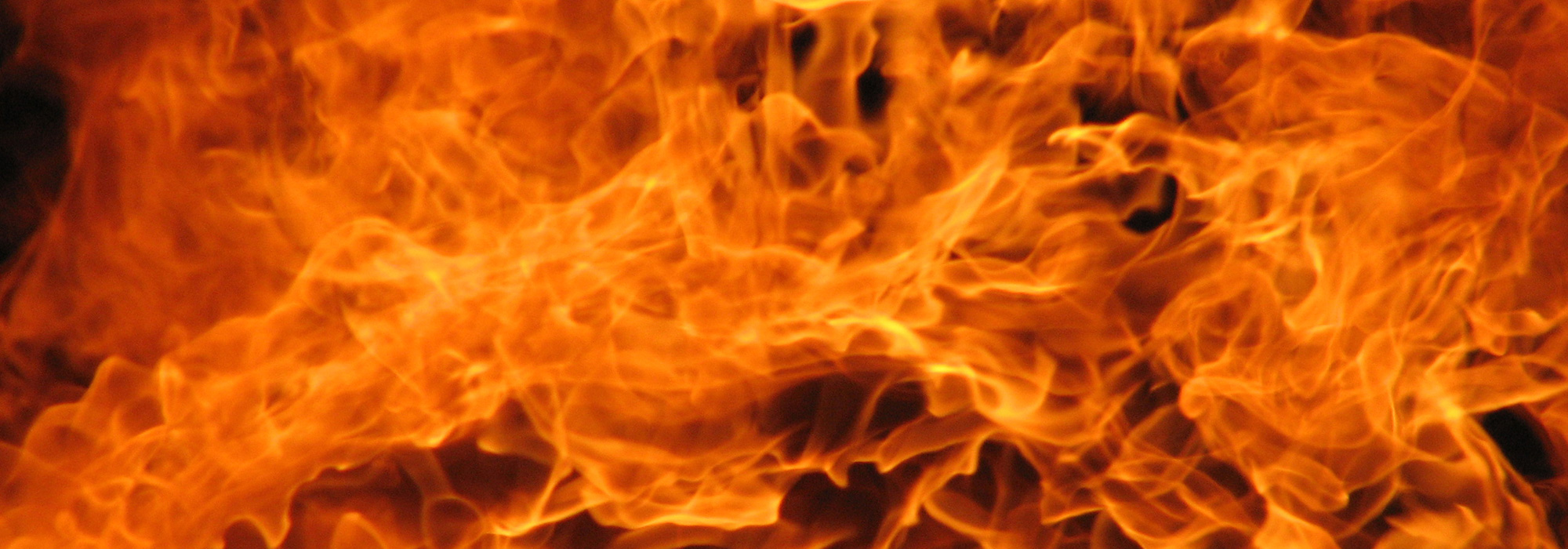
Things That Go ‘Bump’ in the Night
Third Sunday of Easter. Fr Peter Hunter explains why Jesus is the very opposite of a ghost.
I’ve often wondered just what it is that people who claim to have seen ghosts actually see. Whatever ghosts actually are, they are objects of fear, and I suppose that is partly because they are signs of the grave.
But there is something else that is true about ghosts. In the standard kind of stories we tell about them, they are not just frightening, but also pitiable. They are often thought to be tortured souls, bound to the earth by some terrible act, for which they must be punished or seek revenge. They are not alive; they do not share the joys or even the sorrows of others. They are not loved and do not love. They are hollow, barely existent, utterly cut off from vitality.
The disciples in our Gospel are frightened because they think they are seeing a ghost, and Jesus reassures them in a straightforward way: he has flesh and bones. He’s alive. He’s not a sign of the tomb. He’s a sign of life. To prove that he is alive, he eats fish with them.
By doing this, he shows he is not like a ghost in two very important ways. Firstly, eating is part of life in a very basic way. All animals, including human animals, must eat or they will die. Those who are dead do not eat; eating is of the essence of being alive. But secondly, eating is one of the most basic ways in which we establish and celebrate our relationships with those around us. So Jesus shows that he is not like a ghost in that he is alive: he eats. But even more, Jesus shows that he is not like a ghost, cut off from humanity: he eats with his friends!
It’s time to put my cards on the table: I don’t believe in ghosts. That is to say, I don’t believe there are spirits of dead people walking the earth and terrorising people. Just what people who claim to have seen them have seen, I don’t know, but I don’t believe they are these tormented souls.
In another way, though, I do believe in ghosts. I said that ghosts were signs of the grave, having a pitiable, hollow semi-existence, and that rather well describes us when we live unloving, sinful lives. The crucifixion shows just how completely we are able, if we choose, to give up on love, to give up on life, to become like ghosts, raging and terrible, but ultimately dry and empty, full of sound and fury, signifying nothing.
Just as the ghosts of our stories give a show of being human, but with no substance, so our sins pretend to be the actions of human beings, but at heart they are hollow. What makes an action a sin is that it lacks something essential, something which would make the act human: compassion or justice or whatever. And the more we are in thrall to sin, the more ghostly we become, dead and dry and pitiable.
But Jesus has risen from the dead, the first fruits of the new creation. Christ is a new creation because he refused to be a ghost. He was not a ghost in his earthly life: he lived a real, rich, full human life. Nor could death make him a ghost: the grave could not swallow up such vitality. God raised him from the dead, and so gave us a new way to be alive.
By sharing in his life, living not for ourselves but for him, we can throw off our chains (ghosts traditionally have a good supply of those!) and instead of pretending to be alive, we can actually live.
Oh, living isn’t easy: as pitiable as ghosts are, their ‘existence’ is safe and predictable, requiring no courage or sense of justice or proportion, no moral decision. But being alive as a human being means living in a world of love and truth, a world where we can be bound to each other by love instead of self-interest and coercion, a world ruled not by words that make us important or powerful but by words which reveal who we are and finally, instead of hollowness, give us meaning.


